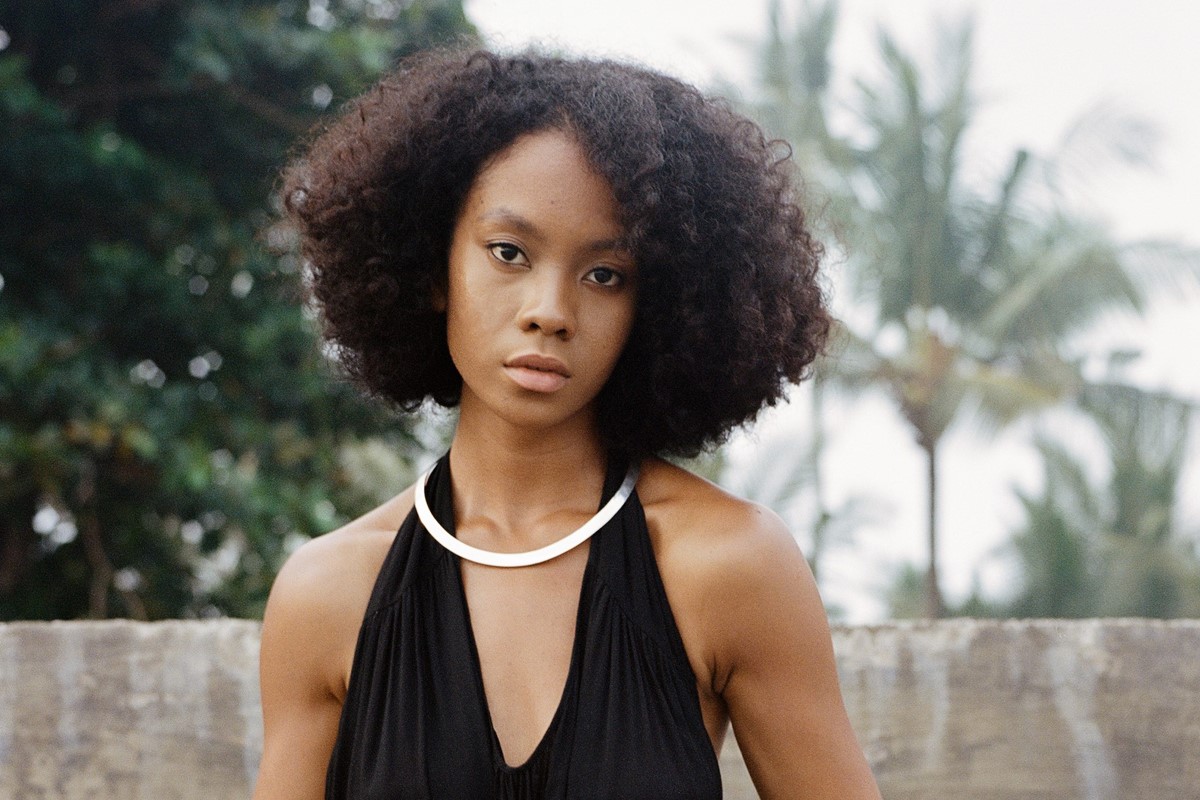Growing up biracial in Malaysia, model Hikma was often bullied for being different. Constantly teased for being plus-size, for her dark skin and her curls, she started wearing hijab just to stop people looking at and touching her hair.
In Vietnam, Huỳnh Tiên, who is of Cameroonian and Vietnamese descent, faced similar comments as a child. “I remember to this day one girl, when I was around five or six years old, said to me: ‘Ah you are so ugly and Black, why don’t you go back to the forest,’” she says. “After that I always doubted myself and thought I am ugly. I was the black swan in a pond of white shimmering ‘real’ swans.”
Experiences such as these are all too common in Southeast Asia, where colourism is deeply entrenched in the culture and continues to flourish. Originally tied to a system of hierarchy where darker complexions often denoted manual labour done under the hot sun, colourism was then only strengthened by colonial rule. “In many societies, the preference for light skin has probably occurred for hundreds, if not thousands of years,” says Nikki Khanna, associate professor of sociology at the University of Vermont and author of Whiter. “Though European colonialism undoubtedly exacerbated the problem.”
Colourism rears its ugly head in Southeast Asia in various forms – whether it’s shown through the multitude of skin whitening billboards that pop up on every corner or the fact that many Southeast Asian entertainment figures are lighter-skinned or mixed race. “People with dark skin, non-thin bodies, and or those that do not have objectively attractive features AKA Eurocentric features are severely underrepresented in media [in Southeast Asia], especially through a creative lens,” says photographer Catherhea Potjanaporn, who has coordinated and shot photo series aimed at spotlighting minority groups within Malaysia.
Asia made up over 50 percent of the overall global sales of the $8.3 billion skin whitening industry, a 2018 report found. The industry is projected to reach nearly $12 billion globally by 2026. “These products wouldn’t be so marketable if skin lightening was merely a fringe issue,” says Khanna. “They capitalise off of cultural norms that venerate whiteness and light skin, though they also perpetuate these norms through their products and advertising.”
For biracial people in Southeast Asia, the issue of colourism is further complicated by the compounding aspect of race. More specifically for those of Black descent, as they face the stigma of being both mixed-race and partially Black, explains Khanna. Here, 15 models and creatives of Afro-Asian and Indigenous descent from across Southeast Asia discuss their experiences with colourism within their respective countries.
